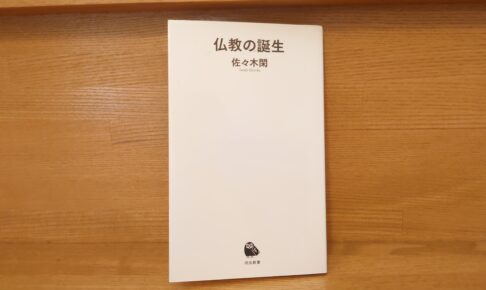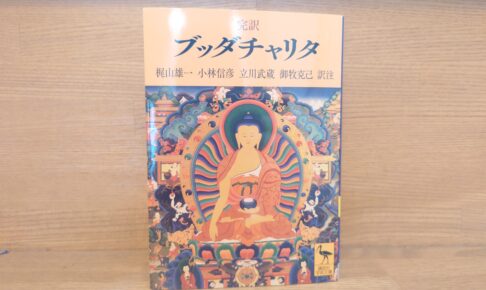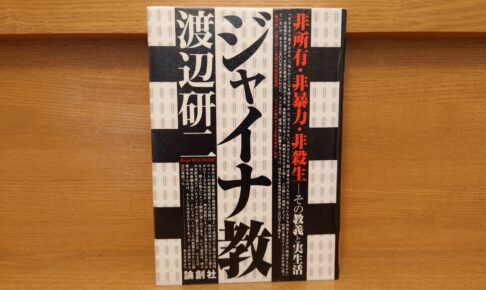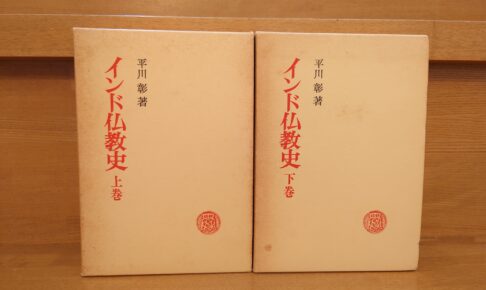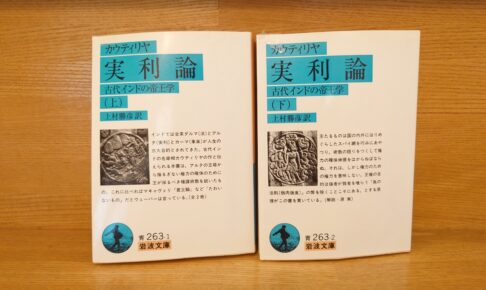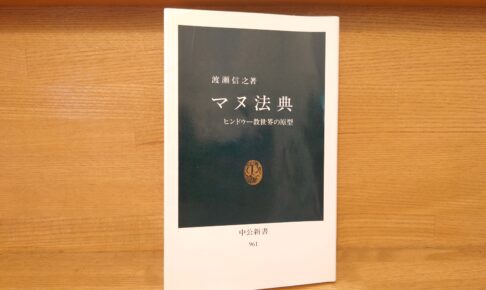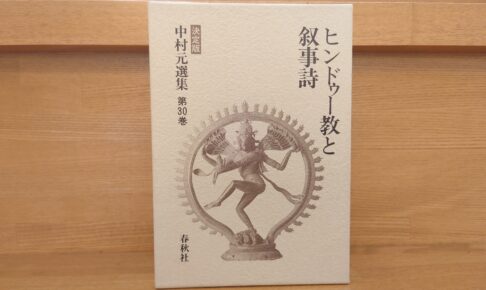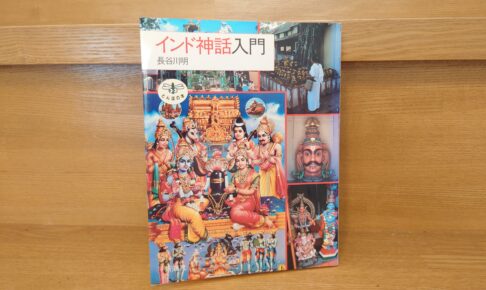Kan Sasaki, The Birth of Buddhism - A good introduction to Buddhism for beginning students!
This work, "The Birth of Buddhism" is a highly recommended reference book for an introduction to Buddhism. If you ask me, "I am interested in Buddhism, but what should I read? I have recently been recommending this book to people who ask me "What should I read? It is so easy to understand and read. Moreover, it is very practical because you can think about how Buddhism is related to our daily life. This book is not just a book of knowledge, but a book of wisdom for living Buddhism.
I have introduced various Buddhist books on this blog, but this book is the best introductory book. I would highly recommend it as well.











